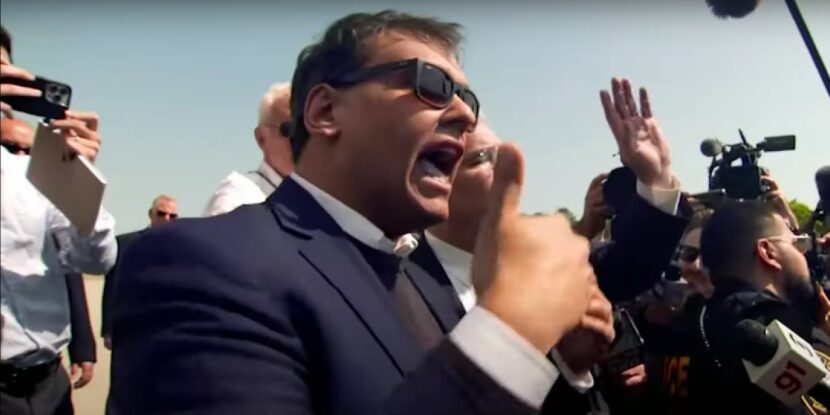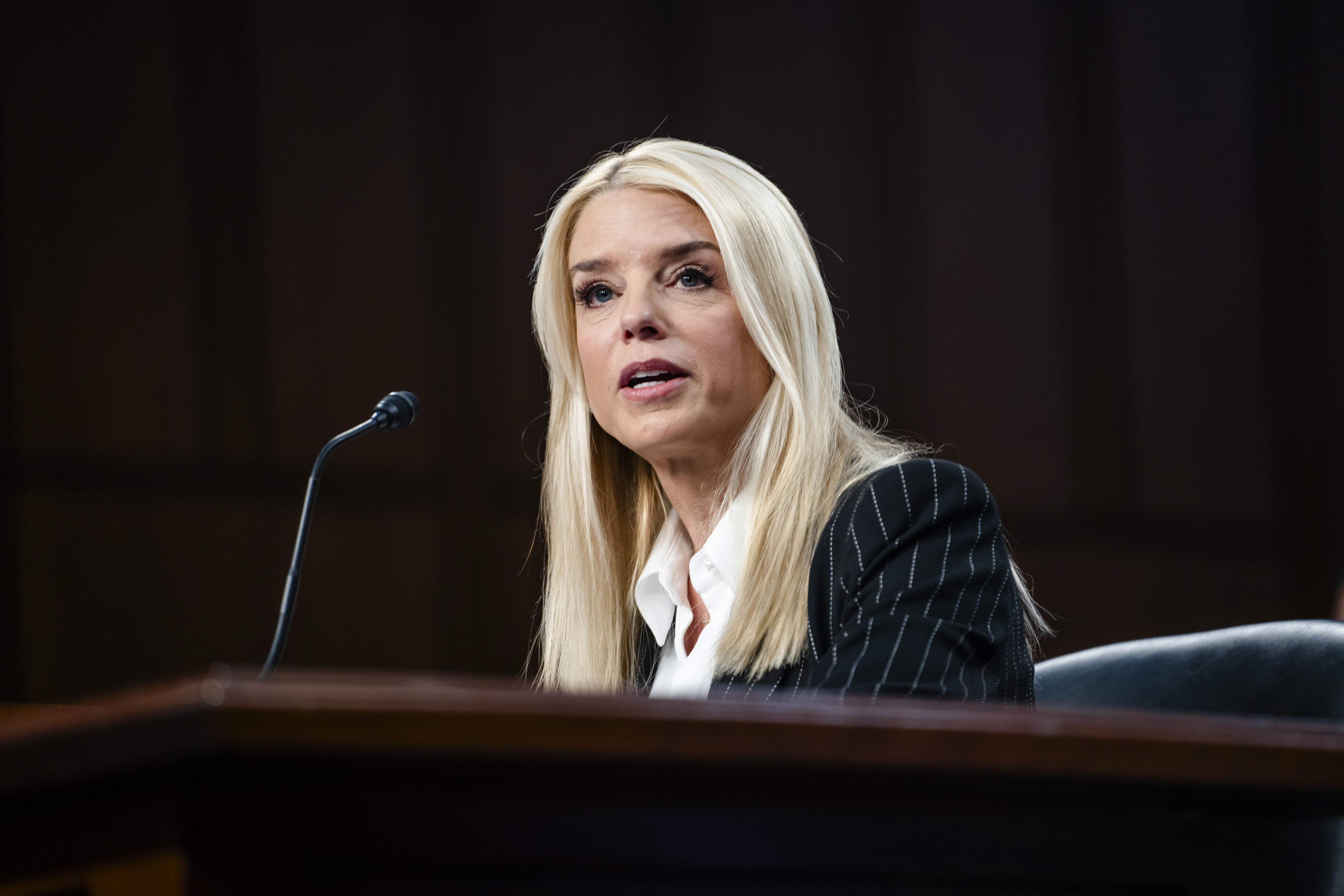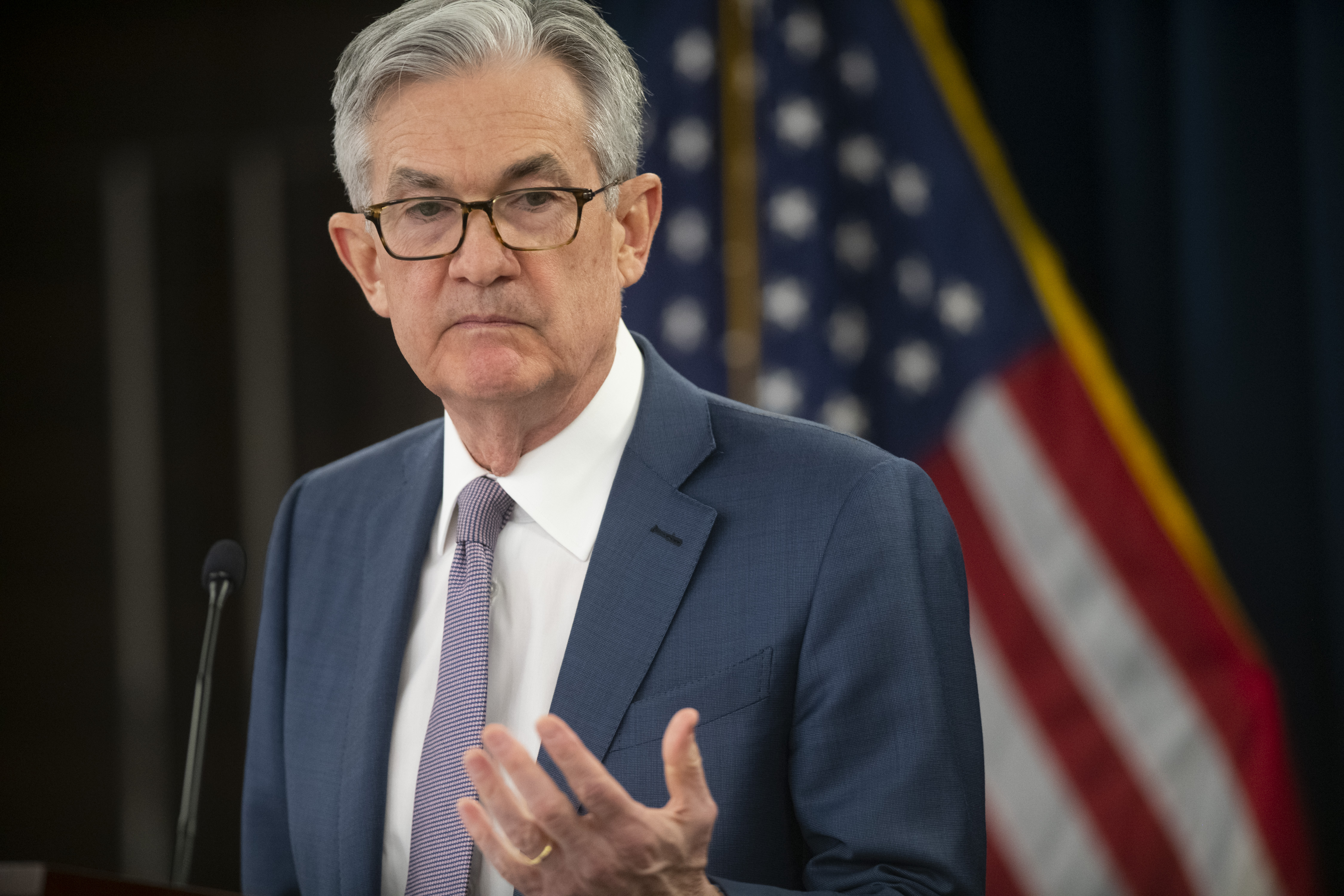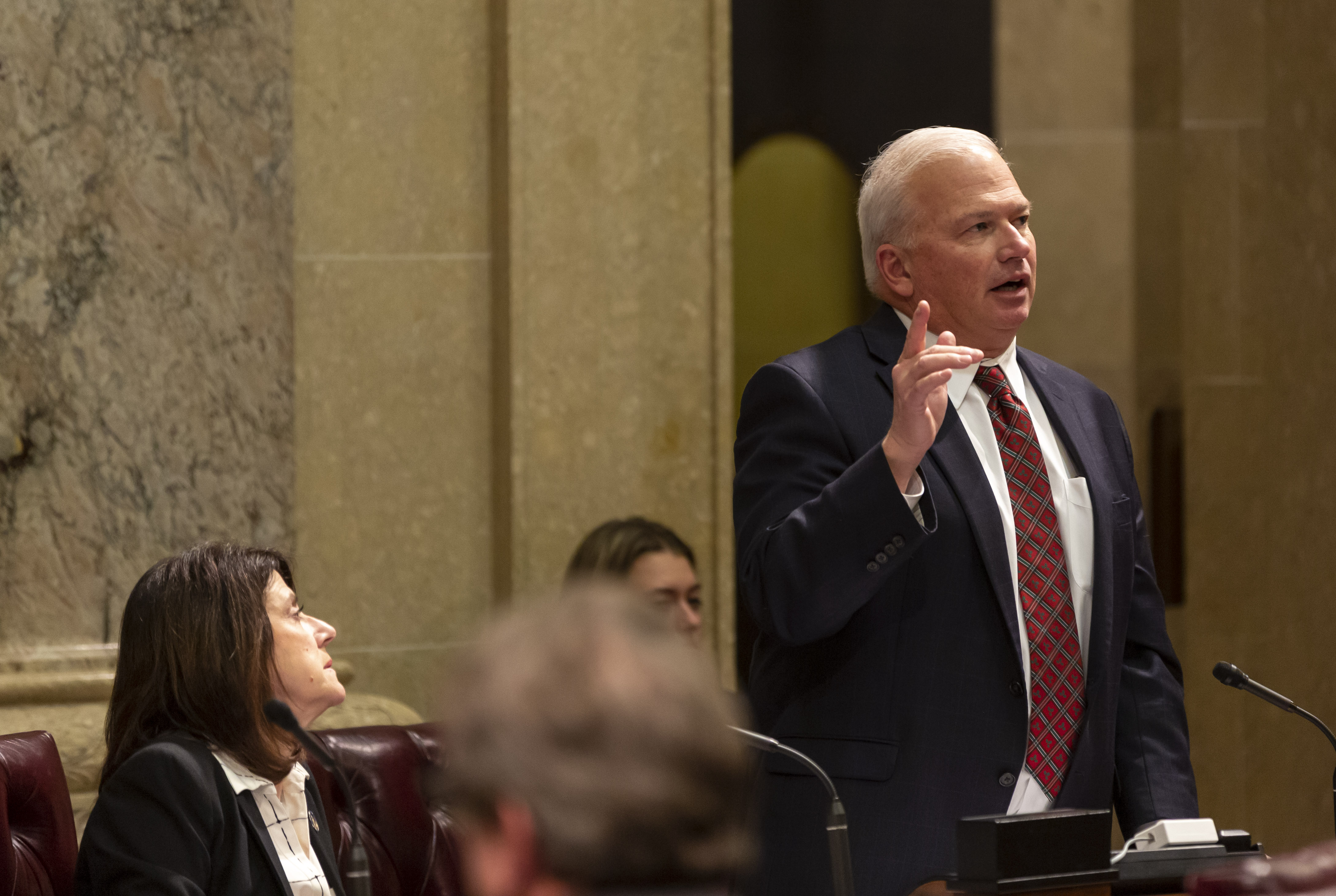
PULSE POINTS:
❓What Happened: Former Congressman George Santos seeks clemency from President Donald J. Trump after being sentenced to 87 months in prison.
👥 Who’s Involved: George Santos, President Trump, federal prosecutors, and former Attorney General Merrick Garland.
Your free, daily feed from The National Pulse.
📍 Where & When: New York, sentencing occurred last month; Santos appeared on Piers Morgan Uncensored on Thursday.
💬 Key Quote: “President Trump, I’d appreciate if you could give me a consideration. I’m not an altar boy, I’m not pretending to be one. But I’m not a hardened criminal.” — George Santos.
⚠️ Impact: Santos argues his sentence is overly harsh and claims his experience could help identify other wrongdoers.
IN FULL:
Former Congressman George Santos is appealing to President Donald J. Trump for clemency following his sentencing to 87 months in federal prison. Santos, who pleaded guilty to wire fraud and identity theft, appeared on Piers Morgan Uncensored expressing his hope for a pardon or commutation from the President.
Santos, who was removed from Congress after a House Ethics Report, claims the sentence is excessive for a first-time offender. He argues the case against him was politically motivated, pointing to former Attorney General Merrick Garland’s role in leading the Joe Biden-era Justice Department. “I do believe this is an unfair judgment handed down to me. There was a lot of politicization over the process,” Santos stated.
The former congressman was charged with several schemes involving political donors and government assistance programs, intending to enrich himself while campaigning for New York’s 3rd congressional district. His downfall was marked by accusations of fabricating his resume, lying about his background, and misleading the public regarding a dog charity.
Despite pleading guilty, Santos has been vocal on social media, disputing prosecutors’ claims and maintaining his sentence is disproportionately severe. He contends that his actions, though regrettable, were mistakes and not deserving of such a lengthy prison term. “President Trump, I’d appreciate if you could give me a consideration. I’m not an altar boy, I’m not pretending to be one. But I’m not a hardened criminal,” he pleaded.
Santos also suggests his experiences could serve the country by identifying others engaged in similar misconduct. “Who better… to be able to sniff out other bad actors doing similar actions that I did?” he asked.
WATCH:
‘No one better than President Trump knows what a weaponized justice department looks like.’
George Santos, who is facing seven years in jail for wire fraud and identity theft, makes his plea to Trump.
📺 https://t.co/J5Hr6rMZPF@piersmorgan | @MrSantosNY | @realDonaldTrump pic.twitter.com/8P1Yk4islA
— Piers Morgan Uncensored (@PiersUncensored) May 8, 2025

PULSE POINTS:
❓What Happened: Transgenders in the U.S. military are being given between 30 and 60 days to self-separate after the Supreme Court cleared the way for the Trump administration to enforce a ban on their service.
👥 Who’s Involved: Defense Secretary Pete Hegseth, approximately 1,000 transgender service members, and the Supreme Court.
Your free, daily feed from The National Pulse.
📍 Where & When: U.S. military, with deadlines for self-separation being set by June 6 for active duty and July 7 for reservists, according to a Department of Defense (DOD) memo published on Thursday, May 9, 2025.
💬 Key Quote: “After a SCOTUS victory for [President Trump], TRANS is out at the DOD,” Hegseth announced on X (formerly Twitter).
⚠️ Impact: The ruling affects military readiness policies and a broader effort to remove diversity, equity, and inclusion policies at the Department of Defense (DOD).
IN FULL:
The Department of Defense (DOD) has initiated a timeline for transgender service members to voluntarily separate from the military following a Supreme Court order clearing the way for a ban on their service in the U.S. military. A recent memo from Defense Secretary Pete Hegseth outlines that approximately 1,000 service members who have identified as having gender dysphoria must begin the process of self-separation. Active duty members are required to exit by June 6, with reservists having until July 7 to comply.
This development follows the Supreme Court’s decision to stay a lower court ruling, effectively allowing the Trump administration’s ban on transgender troops to proceed. The administration argues that this policy is essential for maintaining military readiness, unit cohesion, and avoiding the disproportionate costs associated with transgenders’ need for often lifelong medical care.
Pentagon spokesman Sean Parnell expressed satisfaction with the court’s decision, stating: “The Secretary is encouraged by the Supreme Court’s order staying the lower court’s injunction, allowing the Department of Defense to carry out its policies associated with ‘Prioritizing Military Excellence and Readiness.'”
Hegseth, in an announcement on X (formerly Twitter), declared, “After a SCOTUS victory for [President Trump], TRANS is out at the DOD.” He further noted that service members with a current diagnosis or history of gender dysphoria could choose to separate voluntarily by the set deadlines, or face involuntary removal if they fail to do so.
The Trump administration’s policy, initially introduced via Executive Order in January, mandates updates to medical standards to prioritize readiness and lethality. It also seeks to eliminate the use of invented and identification-based pronouns within the Department of Defense.
The Pentagon’s move is part of a broader initiative to eliminate policies related to diversity, equity, and inclusion (DEI) and gender ideology. Hegseth recently announced that nearly all DEI-related policies have been removed from the Department, alongside efforts to standardize fitness tests for men and women.
From January 2016 to May 2021, the Department of Defense reportedly spent around $15 million on transgender treatments for active-duty service members. This financial aspect has been a point of contention in discussions about military spending and readiness.
show less

 1 month ago
3
1 month ago
3








 English (US) ·
English (US) ·